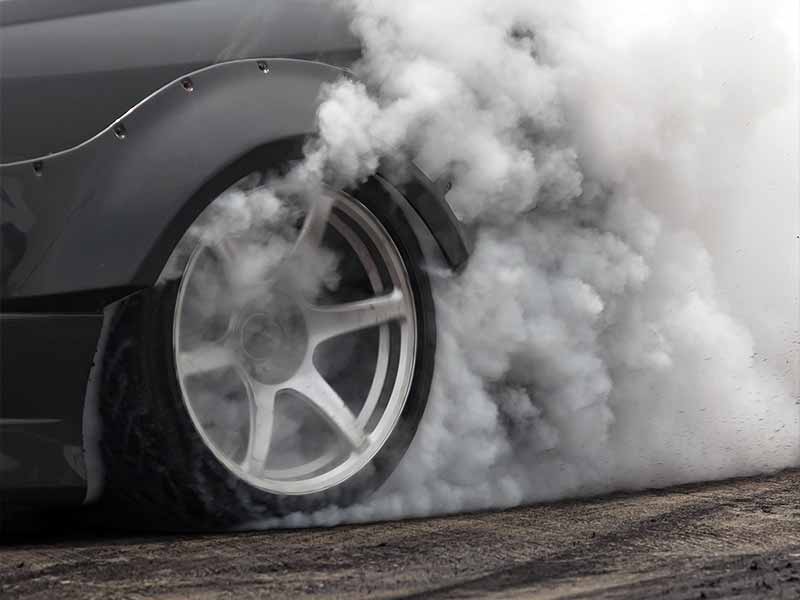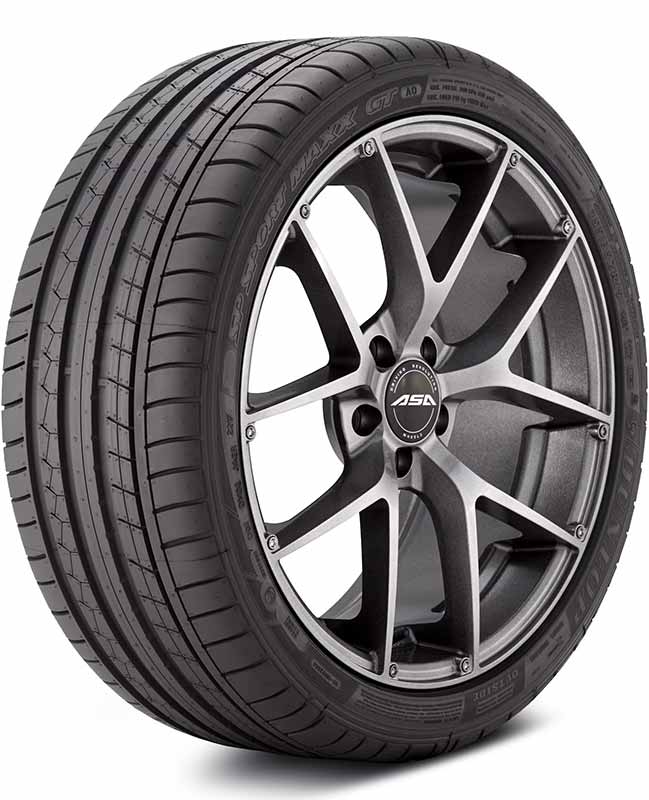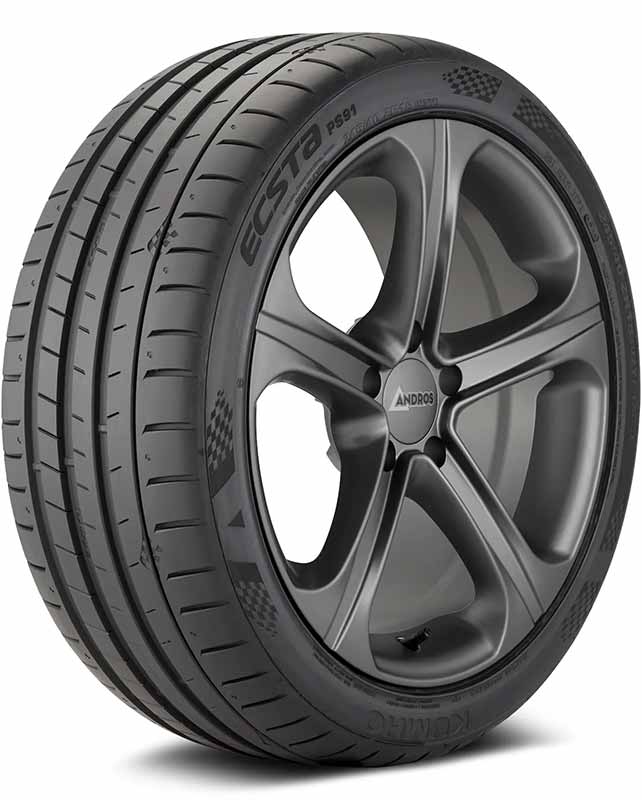Have you ever found yourself marveling at the exhilarating world of drifting, only to wonder just how long those screeching tires last amidst all the thrill?
How Long Do Drift Tires Last?
The lifespan of drift tires varies greatly, depending on factors like tire quality, driving style, and road conditions. Typically, they last for about 20 to 40 laps on a drift circuit.
In this article, we’ll explore the factors that affect the longevity of drift tires, from the type of tire to the impact of your driving habits. We’ll also provide practical tips on how to extend their life and make the most of your investment.

Understanding Drift Tires
When it comes to drifting, tires are like the paintbrushes of a master artist. They’re crucial in defining the experience and performance of your car on the track. In this section, we’ll dive into the world of drift tires, exploring their unique characteristics and how they stand apart from regular tires.
Drift Tires vs. Regular Tires
- Construction and Design: At first glance, drift tires might look similar to your everyday road tires, but the devil is in the details. They are specifically designed to withstand the high stresses and temperatures of drifting.
- Tire Compound: Drift tires typically have a unique rubber compound that offers a balance between grip and the ability to slide smoothly. This is crucial for achieving those perfect drifts without wearing out the tire too quickly.
- Tread Pattern: The tread pattern in drift tires is also distinct. It’s crafted to provide the right amount of grip while allowing for controlled sliding. This is a delicate balance that’s hard to find in regular tires.
- For a more detailed comparison between drift and regular tires, check out Drift Tires vs. Regular Tires on Tiregrades.com.
Hard vs. Soft Drift Tires
Understanding the difference between hard and soft drift tires is key to selecting the right one for your drifting needs:
- Hard Drift Tires:
- Durability: They tend to last longer as they wear down more slowly.
- Performance: Ideal for smoother surfaces where you need consistent performance over a longer period.
- Cost-Effectiveness: Generally more cost-effective in the long run due to their durability.
- Soft Drift Tires:
- Grip: Offer better grip and handling, making them suitable for more aggressive drifting.
- Responsiveness: They provide better feedback, which can be crucial for precision drifting.
- Wear: Tend to wear out faster than hard tires, so they might need more frequent replacements.
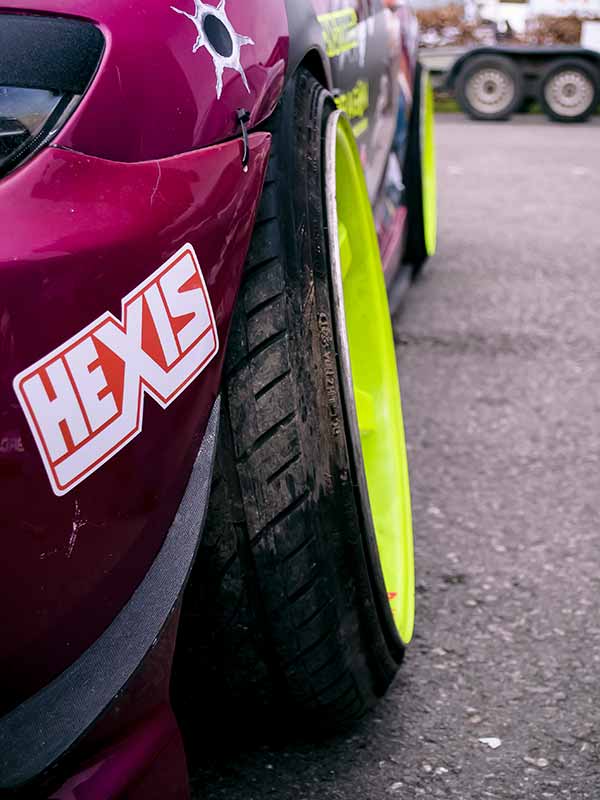
Factors Influencing Drift Tire Lifespan
The longevity of drift tires is not just a matter of quality or brand; it’s influenced by a myriad of factors. Understanding these can help you get the most out of your tires, ensuring both performance and safety. Let’s break down these factors:
Tire Quality and Brand
- Materials and Manufacturing: High-quality materials and precision manufacturing can significantly extend the life of a drift tire. Better construction means better resistance to the extreme conditions of drifting.
- Brand Reputation: Some brands are renowned for producing durable drift tires. It’s worth researching and investing in brands that are well-regarded in the drifting community.
Driving Style and Technique
- Aggressiveness: The harder you push your tires, the faster they’ll wear out. Smooth, controlled drifts are easier on tires than aggressive, abrupt maneuvers.
- Skill Level: Experienced drifters tend to be more efficient in their tire usage, knowing exactly when to push and when to hold back. This efficiency can lead to longer tire life.
Road Conditions and Weather
- Surface Roughness: Rougher surfaces are harsher on tires. Drifting on smooth tracks will generally result in slower tire wear.
- Weather Conditions: Drifting in wet conditions, such as rain, can actually reduce tire wear. However, it’s crucial to understand the dynamics of drifting in the rain and how it affects tire health and performance.
Alignment and Camber
- Wheel Alignment: Proper alignment is crucial for even tire wear. Misalignment can cause uneven wear patterns, reducing the overall lifespan of your drift tires.
- Camber Settings: Camber, or the angle of the tires in relation to the road, can greatly influence tire wear. Drift cars often use negative camber for better cornering performance, but this can lead to uneven wear. For more on this, see What is Camber?
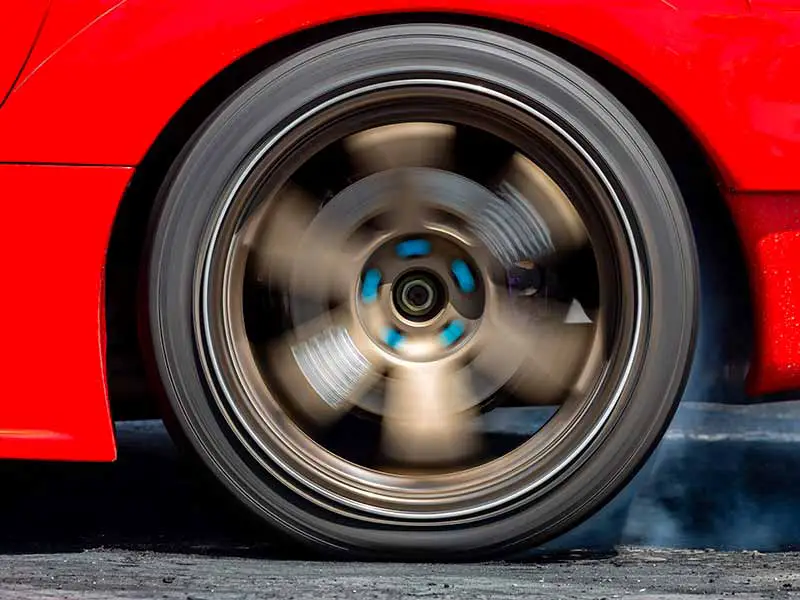
Maximizing Drift Tire Lifespan
Getting the most out of your drift tires involves a blend of proper maintenance, smart driving techniques, and a few tricks of the trade. In this section, we’ll explore how you can prolong the life of your drift tires, ensuring that every slide and turn counts.
Proper Tire Maintenance
- Regular Inspections: Keep an eye out for signs of wear, uneven patterns, or damage. Early detection of issues can prevent further deterioration.
- Tire Pressure: Maintaining the correct tire pressure is crucial. Over or under-inflated tires can wear unevenly and perform poorly.
- Storage: When not in use, store your tires in a cool, dry place away from direct sunlight. This helps prevent the rubber from degrading.
Driving Techniques for Reduced Wear
- Smooth Steering: Abrupt turns and harsh maneuvers can cause excessive wear. Aim for smooth, fluid movements.
- Balanced Braking: Avoid excessive use of brakes during drifting. Instead, balance the use of your throttle and brakes to control your drifts.
- Consistent Speeds: Maintaining consistent speeds during drifts can reduce the strain on your tires.
Tire Rotation and Alignment
- Regular Rotation: Rotate your tires regularly to ensure even wear. This can extend their overall lifespan.
- Alignment Checks: Keep your car’s alignment in check. Poor alignment can lead to uneven wear and shortened tire life.
Consider Your Track and Conditions
- Adapt to the Surface: Different surfaces will wear down tires at different rates. Adapt your driving style to the surface you’re drifting on.
- Weather Conditions: Be mindful of how different weather conditions affect tire wear. For example, wet conditions might require a different approach than dry ones.
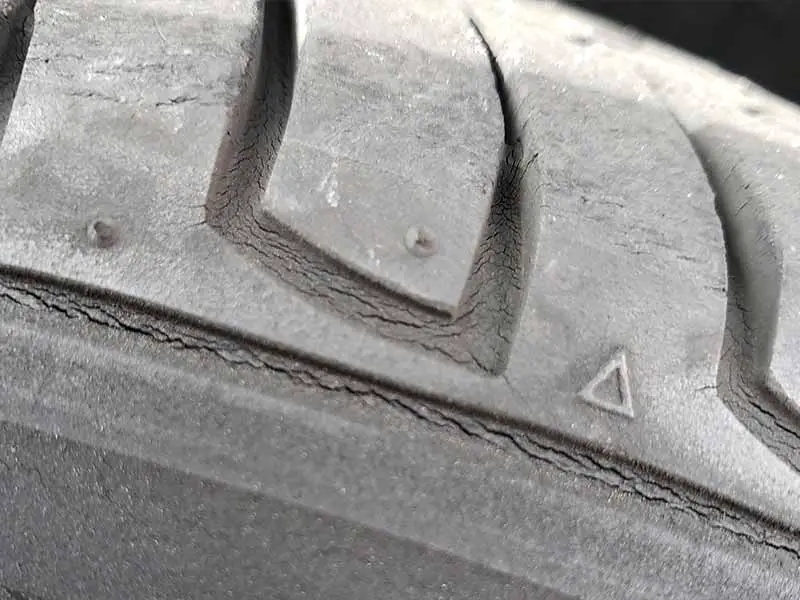
Choosing the Right Tires for Drifting
Selecting the perfect drift tires is about striking a balance between cost, durability, and how well they match your driving style. In this section, we delve into the factors you should consider when picking out drift tires, ensuring you make a choice that aligns with your needs and preferences.
Understanding Tire Types and Their Impact
- Tire Compound: The compound of a tire affects its grip and wear rate. Softer compounds offer better grip but may wear out faster, while harder compounds last longer but might offer less grip.
- Tread Design: The tread pattern influences how the tire interacts with the surface. Consider the typical track conditions you’ll be driving on when choosing your tread design.
Matching Tires with Vehicle and Driving Style
- Vehicle Compatibility: Ensure the tires you choose are compatible with your vehicle’s make and model. Different cars have different tire requirements.
- Driving Style: Are you an aggressive drifter or do you prefer a more controlled style? Your driving style should influence your tire choice. Aggressive styles may benefit from grippier tires, while more controlled drifters might prioritize longevity.
Performance vs. Durability: Finding the Balance
- Performance Needs: If you’re competing, you might prioritize performance over longevity. In this case, choosing a tire with superior grip and handling might be more important than how long it lasts.
- Durability Concerns: For practice sessions or casual drifting, you might want a tire that lasts longer to save on costs over time.
Cost Considerations
- Initial Investment vs. Long-Term Costs: While some tires might be more expensive upfront, their durability can make them more cost-effective in the long run.
- Frequency of Replacement: Consider how often you’ll need to replace your tires. Frequent replacements can add up, so sometimes it’s worth investing more in tires that will last longer.
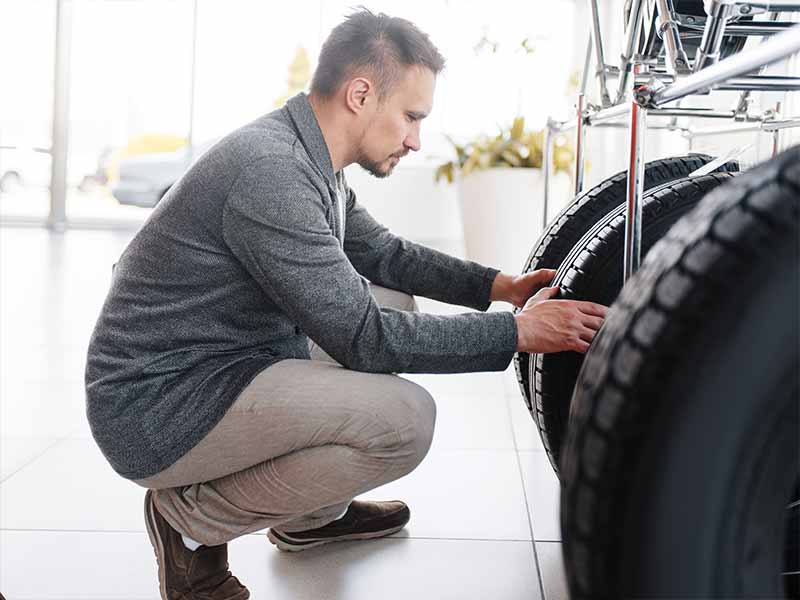
Cost Considerations for Drift Tires
Understanding how much you’ll likely spend and how to get the best value for your money is key to a satisfying drifting experience. In this section, we’ll break down the costs associated with drift tires and offer insights into smart budgeting.
Understanding the Price Range of Drift Tires
- Variability in Pricing: Drift tire prices can vary widely based on brand, quality, and type. It’s important to research and compare prices to understand what you’re paying for.
- Factors Influencing Cost: The price of drift tires is influenced by factors like rubber compound, tire size, and brand reputation. Higher-end tires with specialized compounds will typically cost more.
Balancing Cost with Performance and Durability
- Long-Term Investment: Investing in more expensive, high-quality tires can be more cost-effective in the long run, especially if they offer better durability and performance.
- Regular Replacements: Factor in the frequency of tire replacements. Cheaper tires might need more frequent replacements, which could add up over time.
Budgeting for Tire Replacement
- Setting Aside a Tire Fund: Consider setting aside a portion of your budget specifically for tire replacement. This helps ensure you’re always prepared for when it’s time to purchase new tires.
- Cost-Effective Practices: Engaging in practices that extend tire life, as discussed in previous sections, can also help reduce the overall financial burden.
Making an Informed Choice
- Comparing Options: Take the time to compare different tire options and their prices. Look for reviews and feedback from other drifters to gauge the performance and durability of the tires.
- Personal Drifting Frequency: Your frequency of drifting should influence your budgeting. More frequent drifting naturally leads to increased tire wear and replacement costs.
Resources
Below are some links you may find helpful when learning about tires:
Final Thoughts
From the type of tire to how you handle your vehicle, many factors play into how long your tires will last.
By maintaining your tires properly and adapting your driving style, you can significantly extend their life, ensuring that you stay safe while enjoying the sport.
Remember, choosing the right tire involves balancing performance, durability, and cost, and it’s an investment in your drifting experience.
Good luck and happy motoring.
